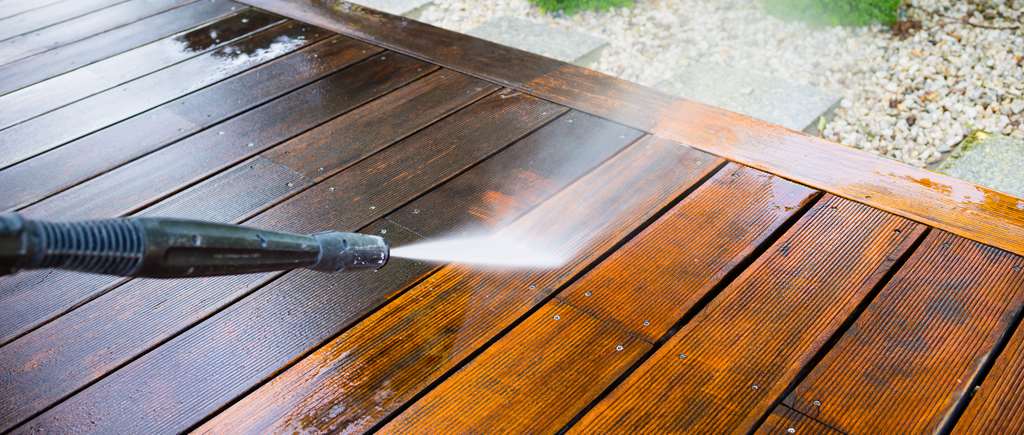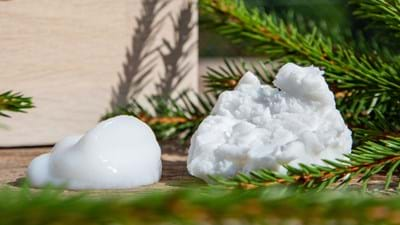Cleaning products at home containes fairly rough abrasives, enabling you to clean off dirt and stains. In the field of cleaning, this is called "agitation" and is part of the C-H-A-T cleaning formula: Chemical-Heat-Agitation-Time.
Could this be something for cellulose fibrils? Let's discuss a couple of thoughts on where the cellulose fibrils may give you some functionality.
Abrasive
To be able to clean off dirt, you need abrasives. Abrasives can be delivered in two main forms:
- Dry abrasives. These are delivered as powders (calcite, quartz and silica are typically used). The dry abrasives are fairly common and has been used for a long time. They can also contain surfactants to be able to remove oil and grease residues.
- Wet abrasives. These are liquid cleansers containing solids (non-soluble particles) in thick liquid forms. Good examples here can be bathroom cleaning products which typically are delivered in a liquid state, containing high surfactant loadings and softer abrasives (to ensure that it does not harm the surfaces of the sink, bath tub, shower and so on).
My idea here has its bearing in the non-soluble nature of cellulose fibrils. Since the product consists of insoluble cellulose fibers, it may be able to give abrasive functionality to the product. Cellulose is already commonly used in cleaning sponges, but could we improve the performance by using cellulose fibrils? Using high concentration of cellulose fibrils together with some surfactant might give an effective but gentle cleaner.
Abrasives are not just used in cleaning products. The same principle is used in so called wet abrasive blasting which is an alternative to sandblasting. In wet abrasive blasting, finer or coarser media is used to use abrasives to remove hazardous materials without creating an actual hazard to the user. In my mind, cellulose fibrils may be able to contribute both as:
- A softener abrasive giving gentle cleaning effect
- An agent for increasing stability of abrasives through the very high yield stress
Stabiliser of cleaning formulas
Cellulose fibrils is also very compatible with surfactants and can keep the viscosity of the products stable throughout a wide pH range (1-13). In wet abrasives, the surfactant load is typically very high and can therefore be challenging for many rheology modifiers. By introducing cellulose fibrils, the stability of the cleaning formulation can also be improved. Read our former blog post on compatibility with surfactants to dig deeper into this interesting capability of the cellulose fibrils.

Figure 1. Viscosity of 2% ultrafibrillated cellulose (Exilva UFC from Borregaard)s suspension in 10% surfactant solution measured with Brookfield viscometer (10 rpm, Spindel V-73).
So why not test and check if cellulose fibrils can improve the functionality of your formulation by stabilizing the abrasives in your system or by being a softer abrasive itself. Cellulose fibrils will also allow you to control the flow of your product and improve its environmental footprint.




